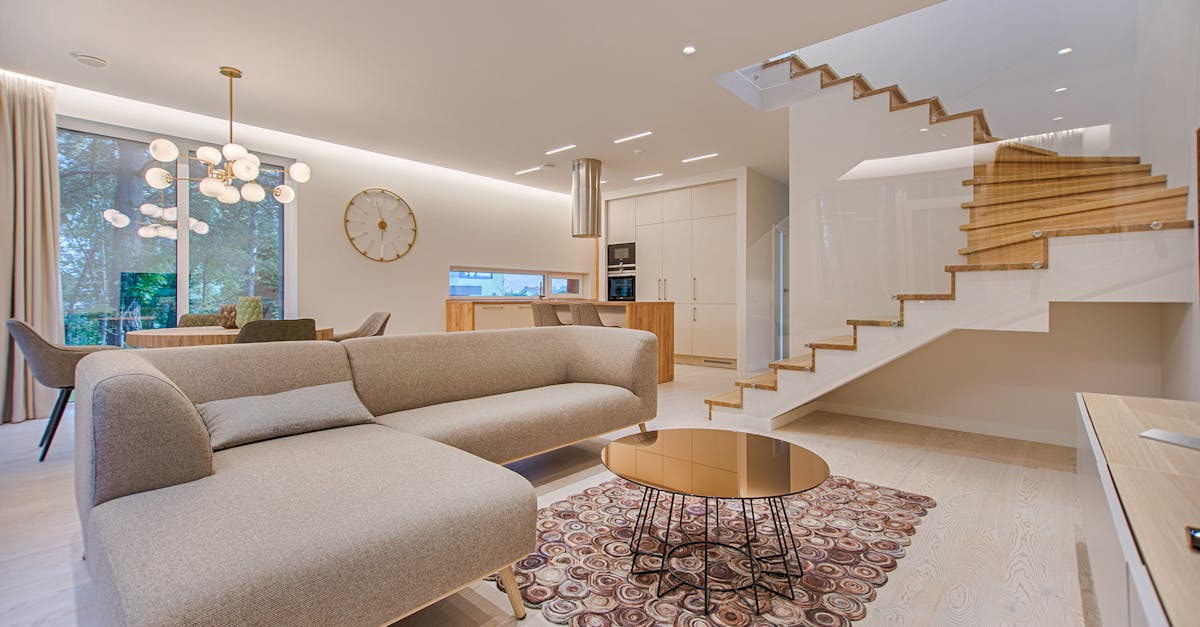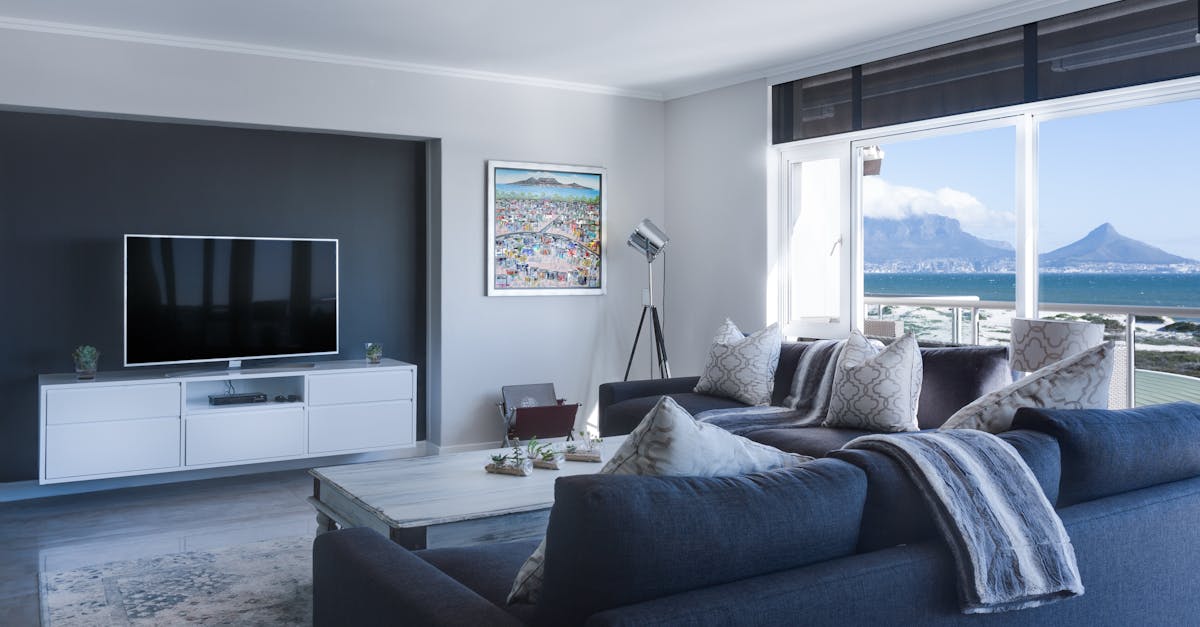
Table Of Contents
Importance in Design
Rendering and visualization in design are crucial components that help to bring ideas to life. By utilizing these techniques, designers are able to communicate their concepts effectively and convey their vision to clients and stakeholders. Rendering and visualization play a significant role in the design process by providing a realistic representation of the final product, allowing for adjustments and improvements to be made before the actual construction begins. Whether it is through hand-drawn sketches or digital rendering software, the ability to visually present design ideas is essential in creating aesthetically pleasing and functional spaces.
Moreover, rendering and visualization in design enable designers to explore various options, experiment with different styles, and test out ideas without the need for physical prototypes. This not only saves time and resources but also allows for greater creativity and innovation in the design process. The visual aspect of rendering and drawing provides a clear understanding of the spatial relationships, materiality, and overall aesthetics of a design, helping designers to refine their concepts and develop cohesive solutions that meet the needs and expectations of the end-users.
How Rendering and Drawing Contribute to the Design Process
Rendering and visualization in design play crucial roles in conveying the conceptualization of a project to clients and stakeholders. While drawing can capture the essence of an idea through sketches and illustrations, rendering takes it a step further by providing a more detailed and realistic representation of the design. These visual tools aid designers in communicating their vision effectively, allowing others to grasp the intended aesthetic, spatial relationships, and materiality of the project.
Moreover, rendering and drawing facilitate the iterative process of design development. By creating visual representations of different design iterations, designers can analyze and evaluate various options before finalizing a concept. This iterative approach not only allows for exploration and experimentation but also helps in refining and improving the design. Rendering and drawing serve as mediums through which designers can visualize their ideas, make informed decisions, and ultimately bring their design concepts to fruition.
Artistic Style
Artistic style plays a crucial role in distinguishing one artist's work from another. When it comes to rendering and drawing, artists have the creative freedom to develop their unique aesthetic. Rendering and Visualization in design allow artists to experiment with various techniques, such as shading, line work, and colour blending, to showcase their individual style. This distinctiveness in artistic approach not only sets artists apart but also adds a personal touch to their creations, making them identifiable to their audience.
Through rendering and drawing, artists can convey their emotions, thoughts, and experiences in a visual form. This process of self-expression is instrumental in developing a connection between the artist and the viewer. By incorporating their individual style into their work, artists can create pieces that resonate with the audience on a deeper level. Rendering and Visualization in design become a powerful tool for artists to communicate their perspective and evoke specific feelings through their art.
Expressing Individual Style Through Rendering and Drawing
Expressing individuality through rendering and drawing is a fundamental aspect of design, allowing designers to infuse their unique style into their creations. Each stroke of the pencil or brush, each blend of colours, and each line drawn represents an opportunity for designers to communicate their personal aesthetic. The artistic process of rendering and drawing is not merely a technical skill but also a means of self-expression, offering designers a platform to showcase their creativity and individuality.
Rendering and visualization in design serve as a visual language through which designers communicate their ideas and perspectives. The intricate details, textures, and shading techniques used in rendering reflect the artist's vision and personal style. By skillfully employing various drawing techniques, designers can create visually appealing and compelling designs that resonate with their audience. Through the process of rendering, designers transform abstract concepts into tangible forms, injecting their personality and unique touch into each creation.
Conceptual Understanding
Conceptual Understanding
Rendering and Visualization in design encompass a profound comprehension of theoretical principles that underlie the production of visual representations. The efficacy of these visualizations is reliant upon a solid foundation rooted in core concepts of perspective, proportion, and light. These fundamental principles serve as the backbone for artists and designers alike to effectively convey their ideas through images that captivate and communicate seamlessly.
Moreover, a deep conceptual understanding enables designers to translate abstract thoughts into tangible forms, bringing to life the vision they aim to communicate. By grasping the theoretical intricacies of rendering and drawing, designers can harness the power of visual representation to evoke emotions, convey meaning, and inspire action. This intellectual grasp of the theoretical aspects involved in rendering and visualization empowers designers to create works that not only aesthetically please but also effectively communicate ideas and concepts to their audience.
Theoretical Principles Behind Rendering and Drawing
Understanding the theoretical principles behind rendering and drawing is essential for designers seeking to create impactful visual representations. Rendering and visualization in design are rooted in principles of perspective, proportion, and composition. These principles govern how elements within a design interact with each other to convey a specific message or evoke a particular emotion. By mastering these theoretical foundations, designers can effectively communicate their ideas and concepts through their renderings and drawings, ensuring that their artistic vision is accurately represented.
Moreover, the theoretical principles behind rendering and drawing also encompass the use of colour, light, and shadow to enhance the depth and realism of a design. By strategically incorporating these elements into their work, designers can create visually stunning and dynamic compositions that captivate viewers and convey a sense of depth and dimension. Understanding how colour theory, lighting techniques, and shading impact the overall look and feel of a design is crucial for designers looking to create compelling renderings that resonate with their audience.
FAQS
Is rendering the same as drawing?
While both rendering and drawing involve creating visual representations, they differ in their techniques and purposes. Drawing generally refers to the act of creating outlines and shapes, while rendering involves adding depth, texture, and detail to bring the image to life.
How do rendering and drawing contribute to the design process?
Rendering and drawing play crucial roles in the design process by helping designers visualize their ideas, communicate concepts to clients and collaborators, and explore different possibilities before finalizing a design.
Can artistic style be conveyed through rendering and drawing?
Yes, both rendering and drawing offer artists the opportunity to express their unique artistic styles. From the choice of colours and textures to the use of line work and shading, artists can showcase their individuality through their renderings and drawings.
What is the theoretical foundation behind rendering and drawing?
Rendering and drawing are rooted in theoretical principles such as perspective, proportion, light and shadow, and composition. Understanding these principles is essential for creating realistic and impactful visual representations in design.
How important is rendering in design?
Rendering plays a crucial role in design by helping designers convey the look and feel of a final product to clients and stakeholders. It allows for a more realistic representation of the design, aiding in decision-making and problem-solving throughout the design process.






